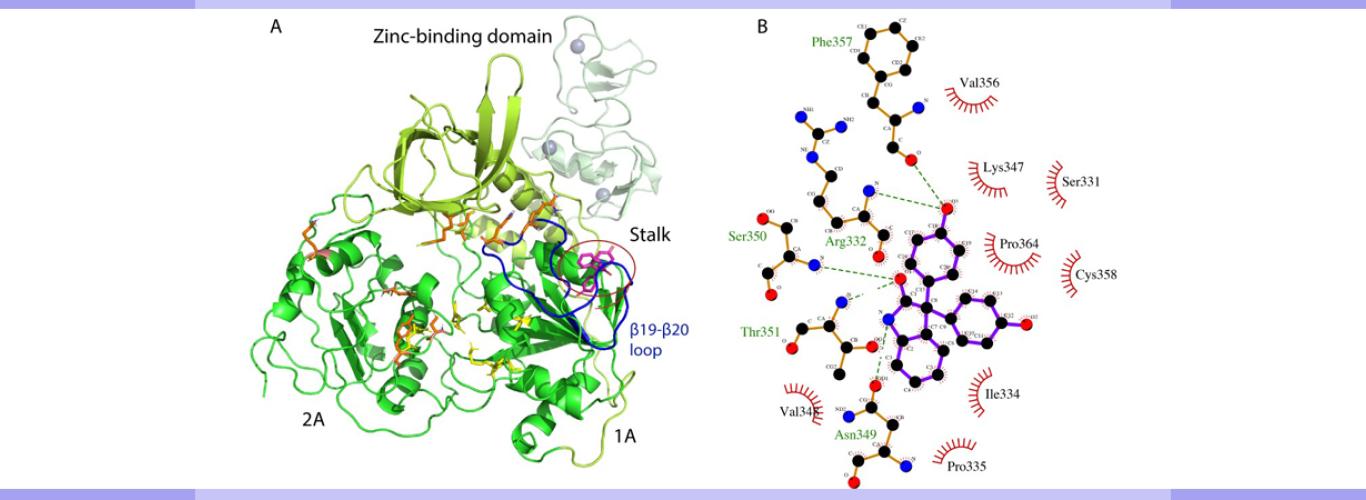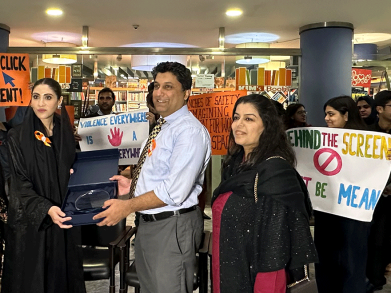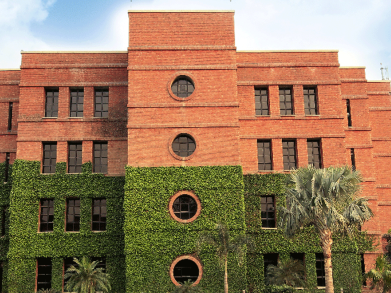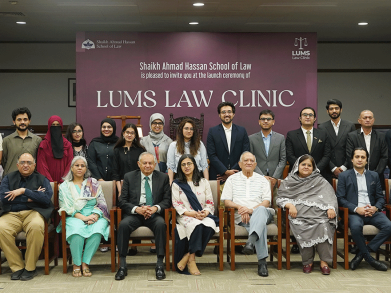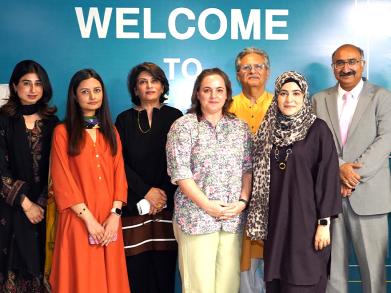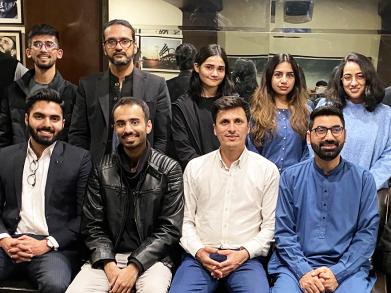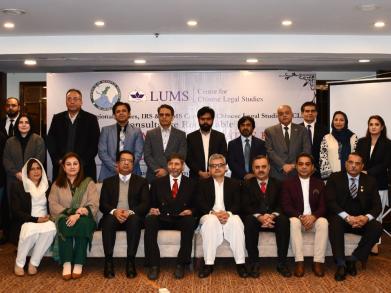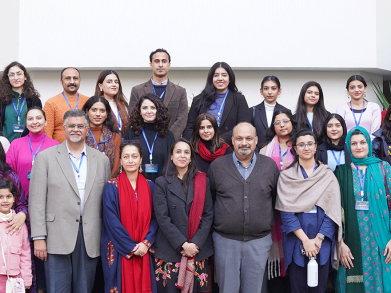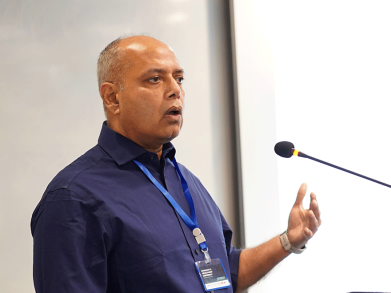On Their Way to Finding a Cure for COVID-19
A second-year PhD student, Hafsa Iftikhar, and an MS graduate of 2020, Nayyer Ali, at the School of Science and Engineering at LUMS have used tools in artificial intelligence to identify potential drugs or drug-like molecules specifically targeting the SARS-CoV-2. Medically called severe acute respiratory syndrome, CoV-2 is the strain of the coronavirus that causes the coronavirus disease 2019, COVID-19. Their work represents an important contribution to drug discovery efforts against a globally prevalent infection that has drastically affected human health all over the world. The project has been led by Dr. Shahzad ul Hussan, Associate Professor, Department of Biology, at the School of Science of Engineering.
All the work has been conducted at the Biochemistry and Structural Biology Lab at the University. Prior to this project, the two students had been already involved in virus related research. Ms. Iftikhar has been working on an enzyme of hepatitis C to identify new potential drugs in the lab, while Mr. Ali wanted to work in the lab on virus related studies as part of her MS research project. Dr. Hussan developed a team of these two students to initiate the study.
So what prompted them to take up this project?
“The focus of our research group is on anti-viral drug discovery, vaccine research and understanding the mechanisms of viral infections. Since we have been working on different aspects of other viruses like HIV, HCV and the Dengue virus, this new outbreak in China that ultimately became a pandemic was very important for us to initiate projects to contribute to scientific efforts of developing treatment for this infection. Therefore, we initiated at least three projects on SARS-CoV-2 in January 2020. But due to the closure of research facilities, we were able to move forward only with this artificial intelligence-based project,” explains Dr. Hussan.
SARS-CoV-2 is a positive-sense single-stranded virus that is contagious in humans. The US National Institutes of Health describes it is as the successor to SARS-CoV-1, the strain that caused the 2002-04 SARS outbreak. SARS-CoV-2 replicates inside the human cell after it infects. There are a few viral proteins or enzymes that play a key role in the viral replication to produce new viruses. After the genome sequence of SARS-CoV-2 was determined by Chinese scientists in January 2020, the group at LUMS used the gene sequences of three crucial viral enzymes including, Polymerase, Helicase and Protease to translate into their respective amino acid sequences and then modelled 3-dimensional structures of these enzymes. By using computational techniques, the team screened around 5,000 drugs, or drug like molecules, and identified three drug-like molecules that bind to these viral enzymes and can potentially inhibit the viral infections.
The work done by the team is incredibly important and a great breakthrough in the current scenario of COVID-19. Dr. Hussan credits LUMS to be a breeding ground for such research work. He says, “Everything which we are doing in research is not possible without the support of LUMS; this comes in the form of research facilities, equipment, stipends for students, lab space and several others to name a few.”

